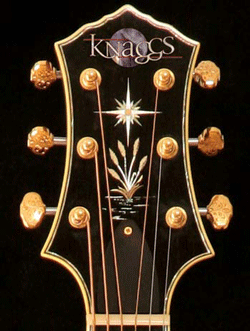Search
Latest Stories
Start your day right!
Get latest updates and insights delivered to your inbox.
knaggs-buisness-vision-line-chesapeake-joe-designs-part-life-shortcuts-sound-instruments-look-small-slow-build
Don’t Miss Out
Get the latest updates and insights delivered to your inbox.
Recent
load more
